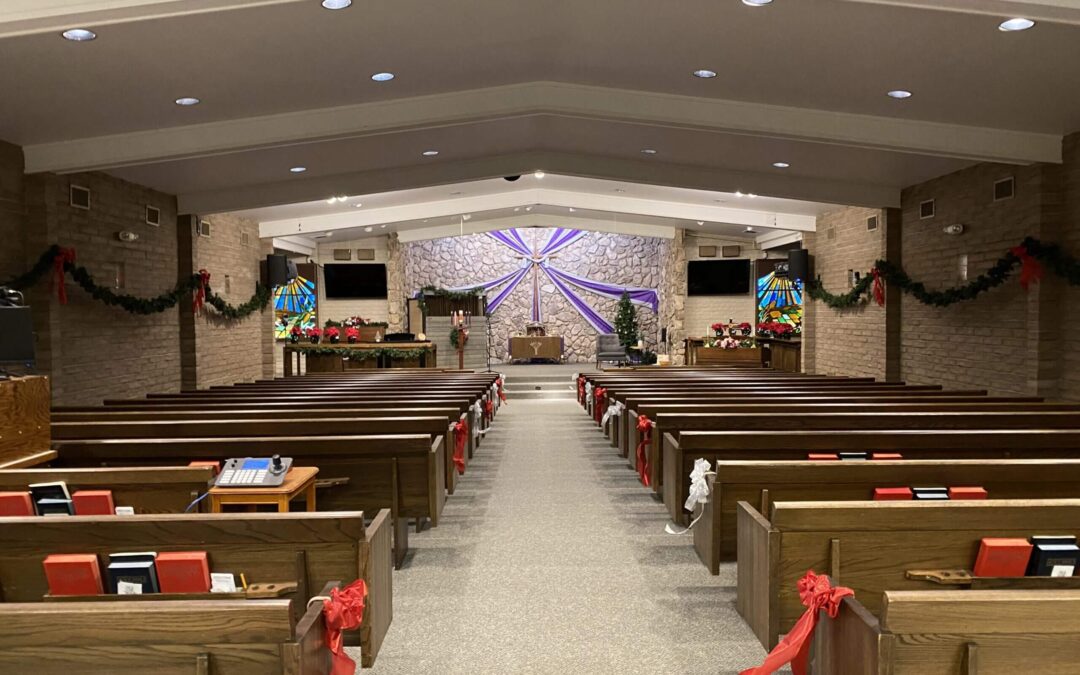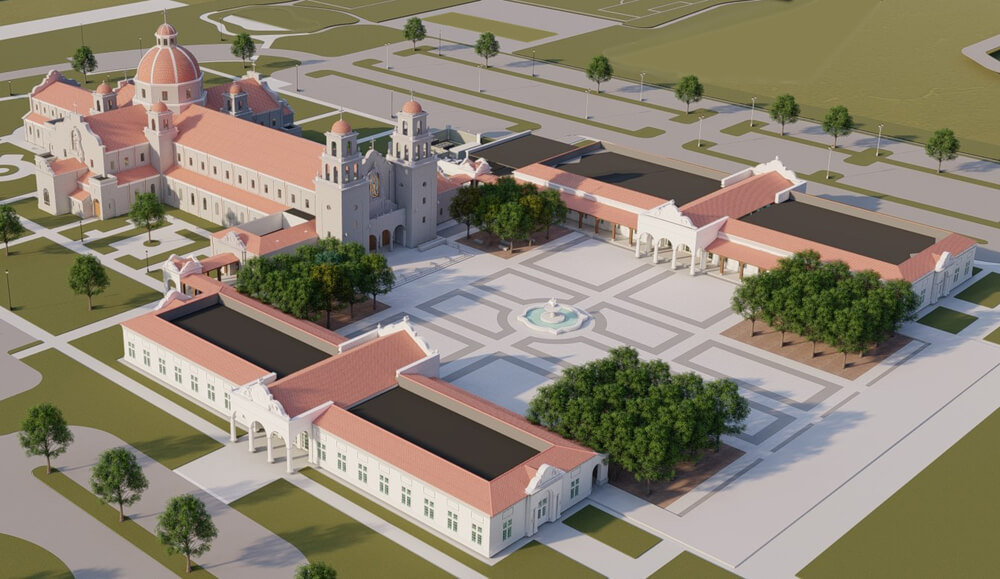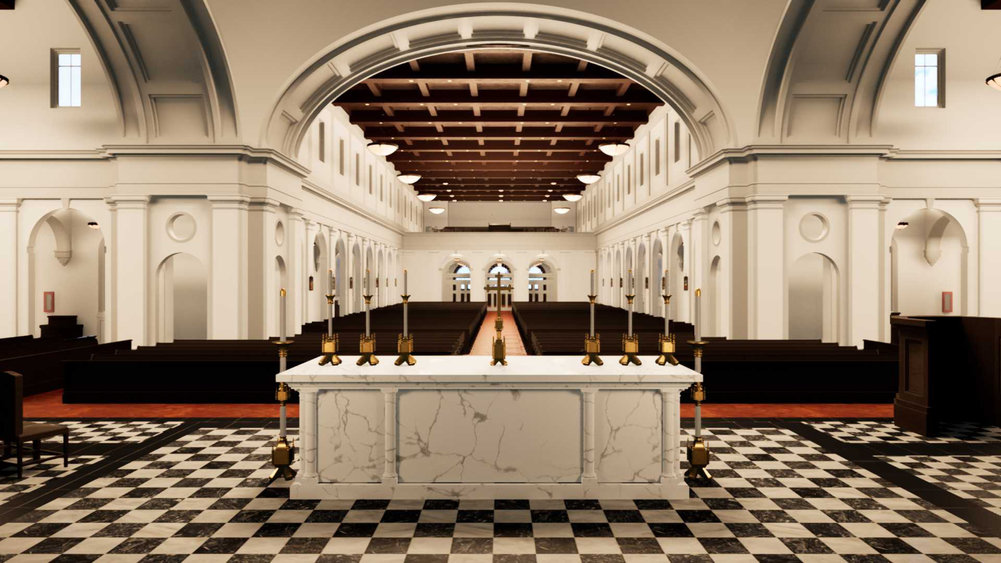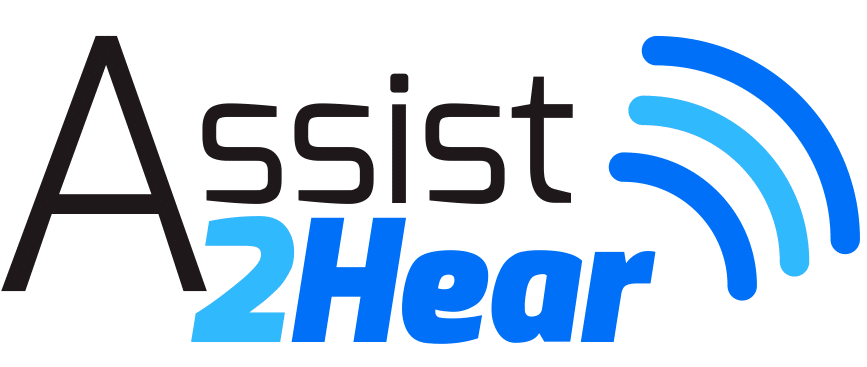
Apr 12, 2022 | Colorado Hearing Loops, Hearing Loops in Churches
Another Methodist Church Gets in the Loop!
Assist2Hear is pleased to announce that yet another United Methodist church has chosen to install a hearing loop! This past Easter Sunday, congregation members with hearing loss at the United Methodist Church of Johnstown got to enjoy the Word clearly and easily via the new hearing loop system. The church is located at 108 King Avenue in Johnstown, Colorado.
The hearing loop installation was a stand-alone project for the church. This means the loop was installed as a retrofit, not during a time of new construction or a remodel. To install the hearing loop in the church, carpet modification and restoration were necessary. All installation services – hearing loop wiring and carpet work – are performed by Assist2Hear employees. In doing so, Assist2Hear is able to make system installation affordable for customers.
How to Use the Hearing Loop
The hearing loop system is accessible for all worshippers, regardless of whether or not they use a hearing aid; however, the majority of hearing loop users will listen with their own telecoil-enabled hearing aid. To use the hearing loop, a user simply changes their hearing aid to the “telecoil” or “M1” program. Additionally, hearing loop receivers and headsets are available for use for those without hearing aids or telecoils. Attendees who need a receiver can pick one up at the audio booth, located in the rear of the church sanctuary. If someone is unsure if their hearing aid has a telecoil program, giving their audiologist a call can help clarify.
A Unique Church History
The United Methodist Church of Johnstown has a long and colorful history in Colorado. In 1903, the church merged with a local Episcopal congregation to become the first United Methodist church west of the Mississippi! Today, the engaged and friendly congregation is led by Pastor Jeremy Scott. For more information on the United Methodist Church of Johnstown, its many methods of outreach to the community, and the schedule of services, please visit its website at www.johnstown.church.
Hearing Loops in the United Methodist Faith
The United Methodist faith is deeply committed to making worship accessible to congregation members with hearing loss. United Methodist churches with hearing loops can be found throughout the nation. Assist2Hear has installed many hearing loops within the faith. Some of these hearing loop installations include:
For a complete list of Assist2Hear loop installations, please visit our online hearing loop directory. For more information about a hearing loop installation for your church, send an inquiry to info@assist2hear.com or give Assist2Hear a call!

Jun 28, 2021 | Catholic Church Hearing Loops, Hearing Loops in Churches, News, Oklahoma Hearing Loops
Hearing Loops at New Catholic Shrine Site
Oklahoma Catholics with hearing loss will have the best sound in the house when they worship at the Blessed Stanley Rother Shrine next year. The site will house a 2,000 seat Catholic church, the largest in Oklahoma, as well as the Blessed Stanley Rother shrine and an educational complex. In addition to being the largest Catholic church in Oklahoma, the church and chapel on the shrine site will also include induction hearing loop technology for worshipers. The hearing loop systems will bring the Word of God directly to the ears of Catholic worshipers with hearing loss and eliminate the echo, reverberation, and ambient noise that often make hearing in church extremely difficult.
Why Catholic Churches Need Hearing Loop Technology
Traditionally, Catholic churches are beautifully cavernous structures with high ceilings and hard surfaces. Unfortunately, the construction of these spaces also causes sound to bounce, a factor that no amount of money spent on a sound system can overcome for a person with hearing loss. In these types of spaces, the ability to hear the Word clearly and intelligbly is nearly impossible for people with hearing loss unless a hearing assistive technology, such a s hearing loop, is utilized. With hearing loop technology, all of the peripheral sounds of a space are filtered out and the sound from the audio system comes directly to the user’s ear. With a telecoil-enabled hearing aid, the Word of the Lord comes directly to their hearing aid wearer’s ear, as clearly as if the Father was sitting on their shoulder giving the sermon! The user simply needs to switch their own personal hearing aid to the telecoil program in order to access the technology – there is no need for additional equipment. If a user does not have a telecoil-enabled hearing aid, then utilize a receiver, however, most people enjoy the system by simply using their own hearing aids.

Blessed Stanley Rother Catholic Church conceptual, courtesy of the Archdiocese of Oklahoma

Blessed Stanley Rother Catholic Church conceptual, courtesy of the Archdiocese of Oklahoma
The History of the Blessed Stanley Rother
Father Stanley Rother was born and raised in Okarche, Oklahoma in 1935. He joined the priesthood in 1963, and in the 1970s brought the Word to worshipers in the parish of Santiago Atitlan, Guatemala. While preaching in Guatemala, a civil war between the militarists and guerillas killed thousands of Catholics. Despite the threat to his safety, Father Rother continued to teach the Word and educate the people of Guatemala. In 1981, Father Rother was executed for his refusal to abandon his people in the time of war. He is the first martyer in the United States and the first U.S.-born priest to be beatified, according to the Archdiocese of Oklahoma. His heart remains enshrined in Guatemala to this day. Visit the website of the Archdiocese of Oklahoma at https://www.archokc.org/stanleyrother for his full biography.
Hearing Loops in Oklahoma Catholic Churches
Hearing loops are in many Catholic churches in the Oklahoma City corridor, including St. Thomas Moore in Norman, Holy Spirit in Mustang, and St. Eugene’s in Oklahoma City. When in the Tulsa area, Catholics with hearing can enjoy the Word through hearing loops located at the Catholic Church of St. Mary or Holy Family. Assist2Hear is the installer for all Oklahoma hearing loops listed, with the exception of Holy Family. For more Oklahoma hearing loop locations, click here .
Since 2010, Assist2Hear has been a leading national installer of induction hearing loop systems throughout the U.S. If your church would like a quote on a hearing loop, email us at info@assist2hear.com. For more information on how hearing loops can help people in your church better hear the Word, please visit our blog post Hearing Loop Systems in Churches.
For more information on the Blessed Stanley Rother Shrine, please visit the Catholic Diocese of Oklahoma’s dedicated page at https://archokc.org/shrine.



